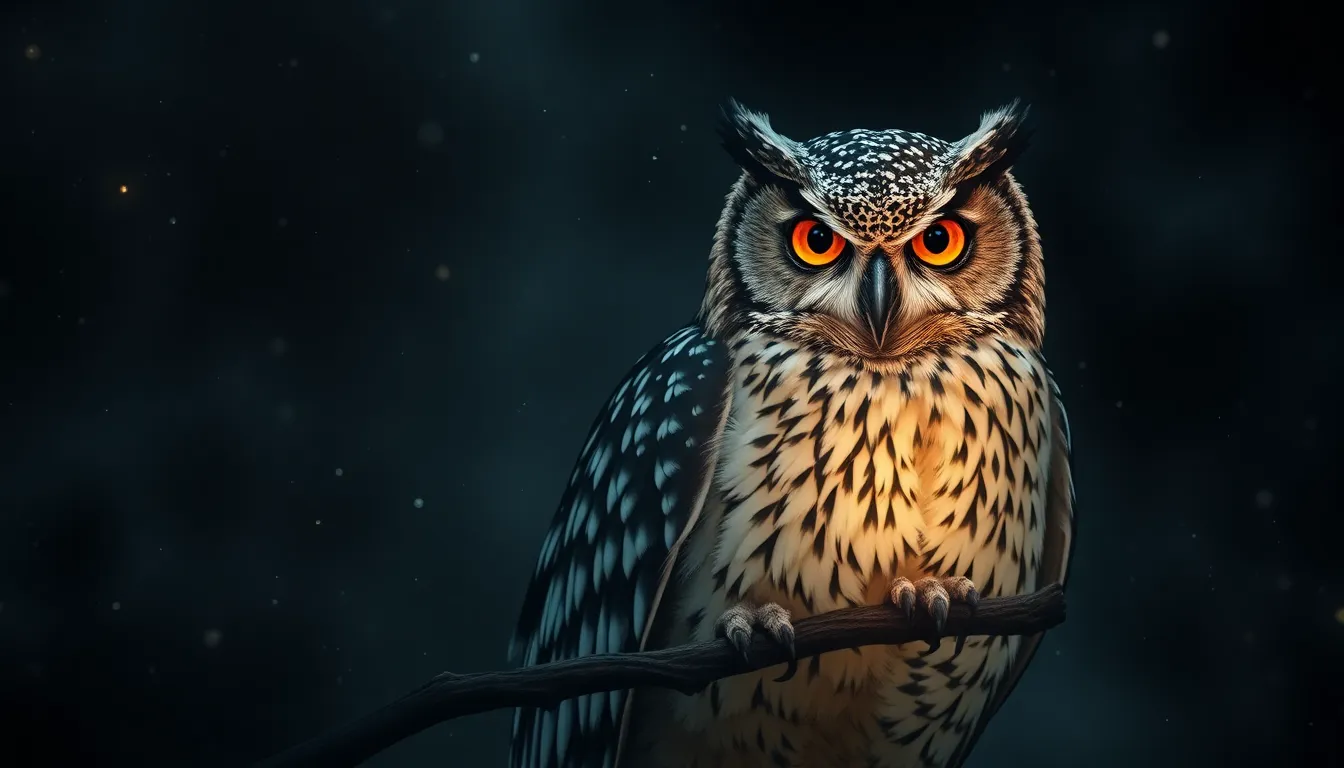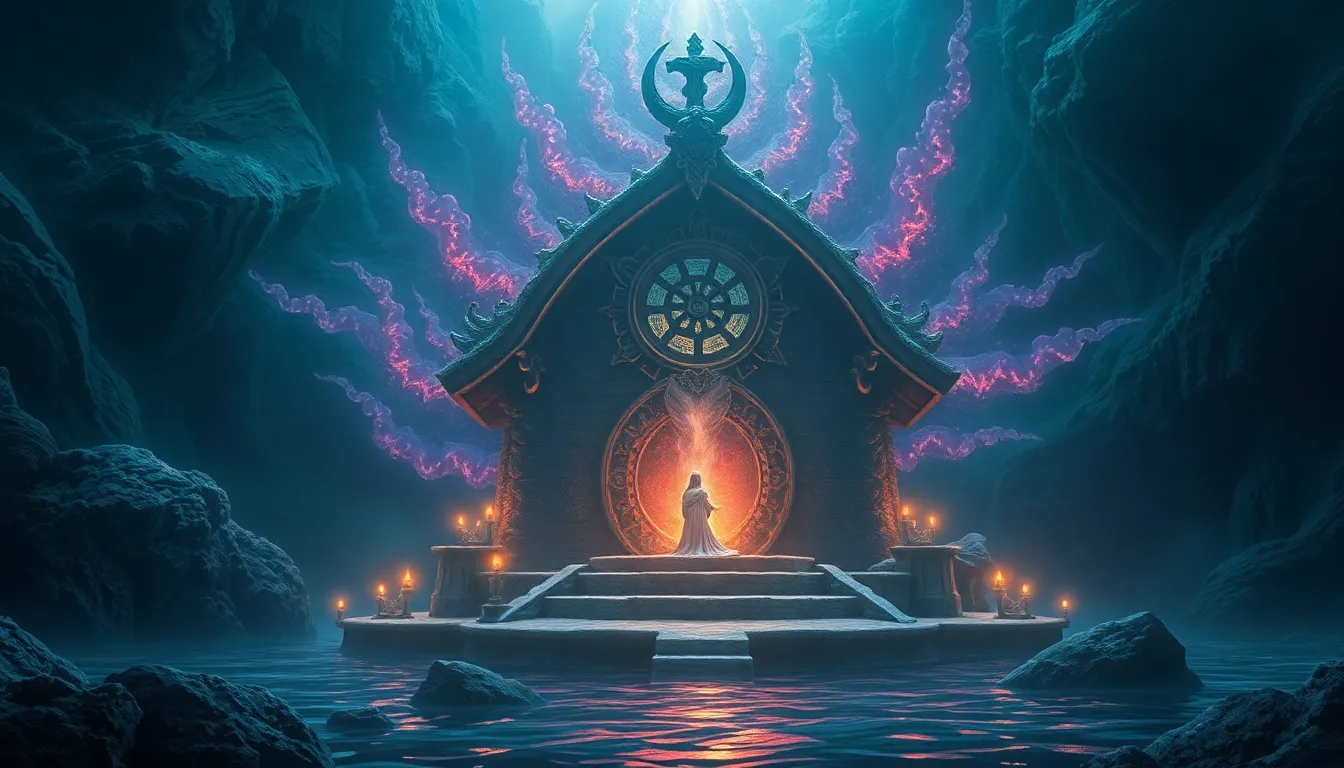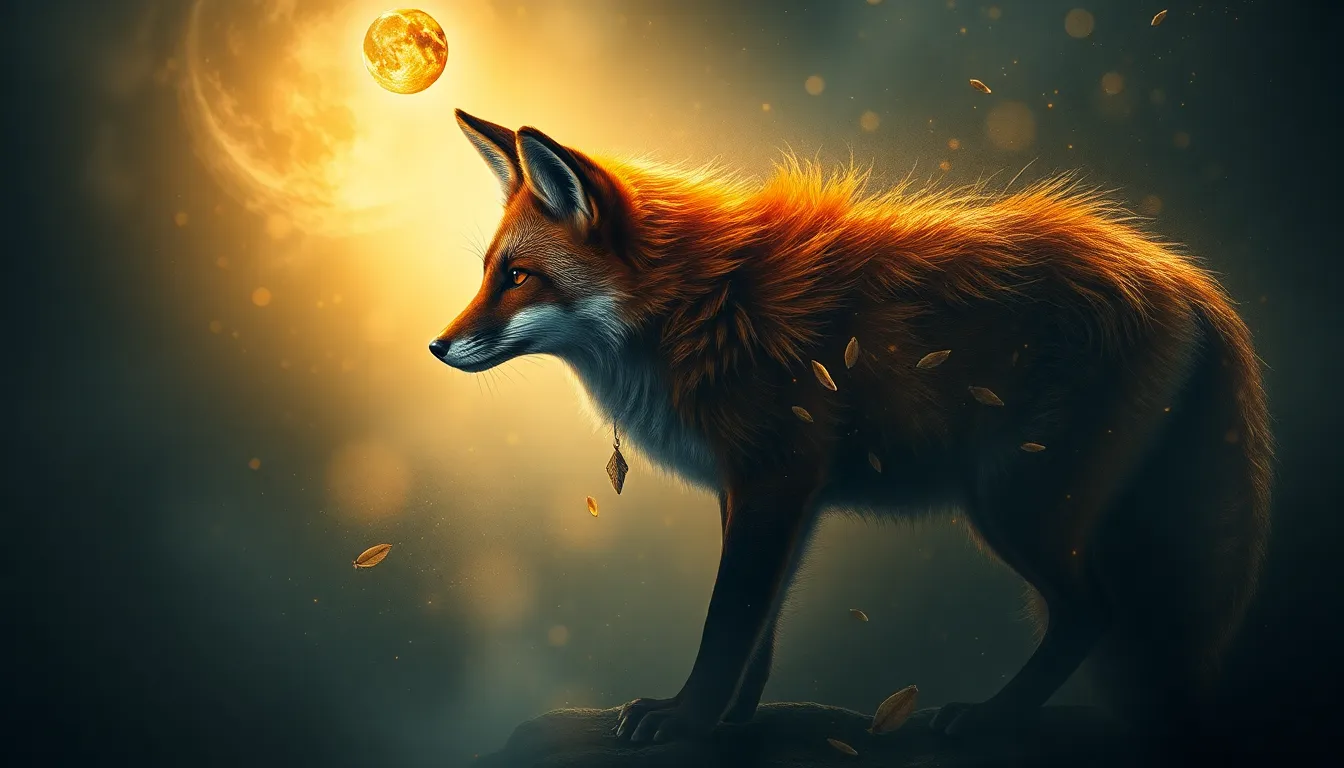Baltic Mythology: A World of Spirits, Gods, and Demons
The Baltic region, encompassing countries like Lithuania, Latvia, and Estonia, boasts a rich tapestry of mythology that speaks to the ancient beliefs and fears of its people. This mythology, spanning centuries, is a captivating blend of spirits, gods, and demons that interact with humans in both benevolent and malevolent ways. It is a world where ancient forests teem with supernatural beings and the sky is a canvas for the exploits of powerful deities. From the benevolent spirits that protect homes to the malevolent demons that bring misfortune, Baltic mythology offers a fascinating glimpse into the human experience of the unknown and the desire to understand the forces that shape our lives.
The Role of Spirits in Baltic Folklore
Spirits, known as "velnias" or "dievas" in Lithuanian and Latvian folklore, are a prominent feature of Baltic mythology. These supernatural entities are believed to inhabit natural landscapes, from forests and rivers to fields and hills. While some spirits are benevolent and protective, others are malevolent and capable of causing harm.
One of the best-known spirits is the "Laumė," the guardian spirit of the home. Often depicted as a kind and wise woman, the Laumė is believed to protect the household, ensuring prosperity and good fortune. She watches over children, helps with chores, and brings good luck to the family. However, if angered, the Laumė can become vengeful, bringing misfortune and illness upon those who disrespect her.
Another important spirit is the "Velnias," a malevolent demon associated with darkness and chaos. The Velnias often takes the form of a black cat, a dog, or a snake, and is known to tempt people with evil deeds, causing mischief and misfortune. Belief in the Velnias was so widespread that people often carried charms and amulets to protect themselves against its influence.
The Divine Realm: Gods and Goddesses
The Baltic pantheon is populated by a diverse cast of gods and goddesses, each with their own distinct domains and responsibilities. The most important deity is "Dievas," the supreme god of the sky, thunder, and lightning. Dievas is often depicted as a powerful warrior, wielding a hammer or axe, and is responsible for maintaining order and justice in the world.
His consort, "Dievaite," is the goddess of the earth, fertility, and childbirth. She is associated with nature and the cycle of life and death. Together, Dievas and Dievaite represent the balance of the cosmos.
Other prominent deities include "Perkūnas," the god of thunder and lightning, who is often depicted as a fierce warrior, and "Saulė," the sun goddess, who is associated with light, warmth, and life. These gods and goddesses represent the forces of nature and the spiritual realm, and their stories serve to explain the world around them and the human condition.
The Underworld and Its Inhabitants
The Baltic underworld, known as "Žemyna," is a realm of shadows and mystery, where the souls of the dead reside. It is ruled by "Velnias," the demon of death, and is often depicted as a dark and forbidding place.
The souls of those who have lived good lives are believed to go to a peaceful paradise, while those who have committed evil deeds are punished for their sins. Many stories depict the underworld as a place of trials and challenges, where the dead must prove their worthiness to reach the afterlife.
Demonic Entities: The Dark Side of Baltic Mythology
Demons, known as "velnias" or "ragana" in Baltic folklore, represent the dark side of the supernatural world. They are agents of chaos, misfortune, and death, and are often depicted as grotesque and terrifying creatures.
Some demons are associated with specific locations, like forests, swamps, and crossroads, where they are believed to lurk and tempt people. Others are associated with specific activities, like gambling, drinking, and magic. Demons are often attributed with causing illness, misfortune, and even death.
Stories about demons often serve as cautionary tales, reminding people of the consequences of their actions and the importance of living a moral and righteous life.
The Origins of Baltic Mythology
Baltic mythology, like many other ancient belief systems, sprang from the desire to understand the world and its mysteries. The earliest traces of Baltic myths can be found in folk tales, songs, and rituals passed down through generations. These stories reflect the daily lives of ancient Baltic people, their relationship with nature, and their fears of the unknown. The mythology likely evolved over centuries, drawing inspiration from the natural environment, the changing seasons, and the experiences of the people themselves.
The absence of written records makes it difficult to pinpoint the exact origins of Baltic mythology. However, scholars believe that the core of these myths originated in the Neolithic period, around 5000-3000 BCE. During this time, people began developing settled agricultural societies, building permanent settlements, and developing their own distinct cultural identities. Baltic mythology likely developed as a way to explain the world and its mysteries, as well as to provide a sense of community and shared identity.
Influences from Other Cultures
While Baltic mythology developed independently, it wasn't isolated from other cultures. Over time, its stories and beliefs were influenced by contact with neighboring civilizations, such as the Slavs, the Germanic tribes, and the Finns. These influences are evident in the shared themes and motifs found in Baltic mythology and the mythology of these other cultures.
For example, the Baltic god of thunder, Perkūnas, shares similarities with the Slavic god of thunder, Perun, and the Germanic god Thor. These deities are all associated with fierce storms, powerful weapons, and the protection of their people. Similarly, the Baltic underworld, Žemyna, has echoes of the Greek underworld, Hades, and the Norse underworld, Hel, all of which represent the realm of the dead and the mysteries of the afterlife.
The Role of Religion in Shaping Baltic Myths
Baltic mythology was deeply intertwined with the religious practices of the ancient Baltic people. The stories and beliefs served as a framework for understanding the world, explaining natural phenomena, and guiding daily living. Religious rituals and ceremonies were often based on mythological themes, with offerings made to the gods and goddesses to ensure good fortune, safe passage, and blessings.
The pagan Baltic religion, which was based on animistic beliefs and the worship of nature deities, was gradually superseded by Christianity starting in the 13th century. The arrival of Christianity led to the suppression of pagan traditions and the merging of Christian beliefs with existing Baltic mythology. This process resulted in the transformation of some deities into Christian figures, while others were demonized and relegated to the realm of folklore.
Baltic Myths in Modern Culture and Literature
While Baltic mythology is no longer an active religion, it continues to shape art, literature, and culture in the Baltic region and beyond. The stories and characters have inspired numerous works of art, music, film, and literature, reflecting a renewed interest in the region's rich cultural heritage.
The themes of nature, destiny, and the struggle between good and evil, which are central to Baltic mythology, resonate with modern audiences. These myths provide a window into the ancient world and offer insights into the universal human experience, making them relevant for generations to come.
The Enduring Power of Baltic Mythology
Baltic mythology, although a relic of the past, hasn't faded into obscurity. Its enduring power lies in its ability to connect people to their cultural roots, celebrate the natural world, and inspire a sense of wonder and awe. The stories, rituals, and beliefs continue to fascinate and inspire, offering a unique perspective on the human experience and the enduring power of storytelling.
Frequently Asked Questions (FAQ)
What is the difference between a spirit and a demon in Baltic mythology?
While spirits can be both benevolent and malevolent, demons are always associated with darkness and chaos. Spirits are generally tied to specific places or activities, while demons actively tempt and harm humans.
Who are the most important gods and goddesses in Baltic mythology?
The most important deities are Dievas, the supreme god of the sky, and his consort, Dievaite, the goddess of the earth. Perkūnas, the god of thunder, and Saulė, the sun goddess, are also prominent figures.
How has Christianization impacted Baltic mythology?
The arrival of Christianity led to the suppression of pagan traditions and the merging of Christian beliefs with existing Baltic mythology. Some deities were transformed into Christian figures, while others were demonized.
Why is Baltic mythology still relevant today?
Baltic mythology continues to inspire art, literature, and culture, offering a window into the ancient world and reminding us of the universal human experience.
Where can I learn more about Baltic mythology?
You can find information in books, articles, museums, and online resources.



